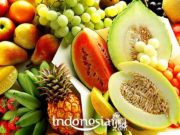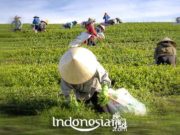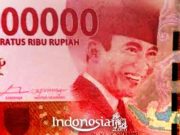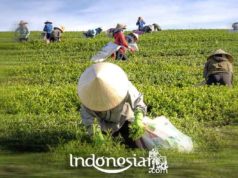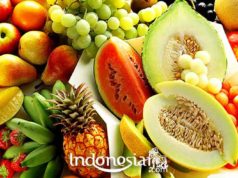Dear readers. Have you ever tried a drink called sekoteng? Of course if you have ever tried this drink it will warm your body especially in a cold rainy atmosphere. But it turns out that this drink comes from China, why is it in Indonesia?
Sekoteng comes from the Hokkian language, sukothung, which means soup for 4 fruits. This drink contains 4 dried fruits, namely tonsil nuts, jali seeds, lotus seeds, and longan.
Sekoteng can also come from the Chinese language shiguoteng, shi means 10, guo means fruit, and teng means soup or soup. Ten here does not mean that there are 10 kinds of fruit, but it means that there are many fruits, just like when the Indonesians used to say something that was a lot was sewu or a thousand.
This sukothung or shiguoteng was brought by the Chinese to Indonesia and the name is pronounced as sekoteng. The contents are also different because they are adjusted to the fruits and seeds in Indonesia.
Sekoteng itself in Javanese culture stands for nyokot weteng which means biting the stomach. The Javanese make a sekoteng from boiling brown sugar and ginger and fill it with peanuts, green beans, slices of white bread, and Chinese henna or pink pearl seeds.
In China, sekoteng has been consumed since the reign of the Qin Dynasty around 221 to 206 BC. At that moment, Emperor Qin Shi Huang felt that his health had improved after drinking the bottle. Not only that, you. Emperor Qin also felt his body feel warmer longer and his digestion got better.
Nowadays, there are still many sekoteng found in China. In winter, sekoteng is served as a warm drink. However, during the summer, sekoteng is served as a cold drink with ice cubes. Hopefully the article we provide can add to your insight that there are many influences in Indonesian culinary.
Source : Creative Team Indonesiar




